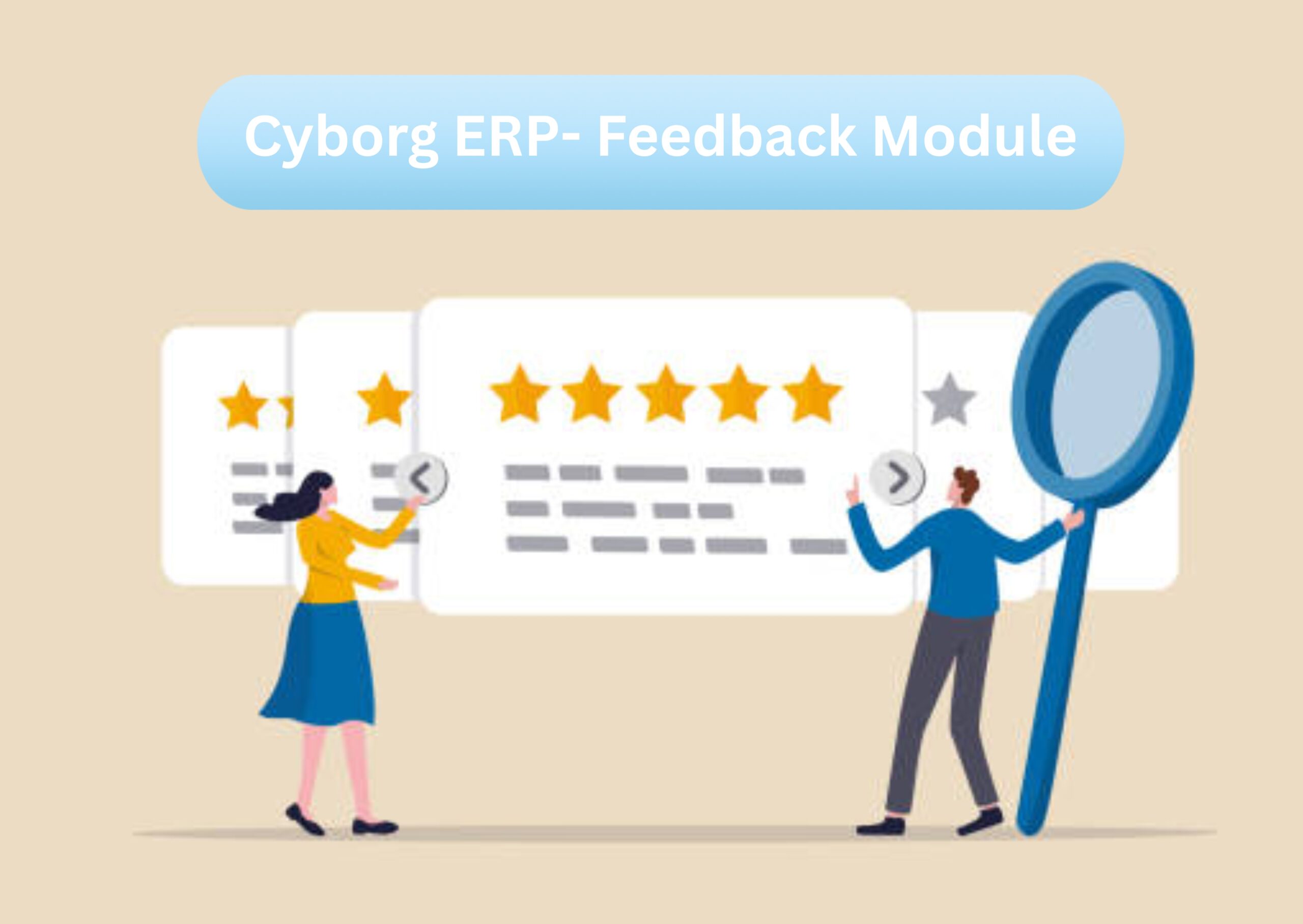Feedback :Concurrent & Random

Feedback Module
In today’s academic environment, student feedback plays a crucial role in ensuring quality education and effective teaching practices. The Feedback module under the Academic Management system is designed to capture valuable student opinions in a structured and flexible manner. It allows institutions to evaluate teaching effectiveness, classroom engagement, and overall academic delivery.
This module works on two pillars:
Concurrent Feedback – A structured feedback system based on defined eligibility criteria.
Random Feedback – A flexible approach where administrators or faculty can collect spontaneous feedback.
Together, they create a balanced, transparent, and reliable mechanism for continuous academic improvement.
Concurrent Feedback – Ensuring Accuracy & Relevance
Concurrent Feedback Eligibility Rules
Concurrent feedback is designed to maintain consistency and authenticity by allowing feedback only under specific eligibility rules. This prevents irrelevant inputs and ensures that responses reflect genuine learning experiences.
1. Completion of Topic
Feedback rights are granted only after the faculty has officially completed a topic in the system. This ensures students are evaluating content they have fully understood, leading to accurate, topic-specific insights.2. Session Participation
To maintain relevance, students must have attended at least one session of the topic before submitting feedback. This avoids uninformed responses and guarantees opinions from students who actually participated in the class.3. Attendance Threshold (50%)
Only students with 50% or more attendance in the sessions related to a particular topic can provide feedback. This ensures faculty receive constructive and credible insights from engaged learners.Random Feedback – Flexibility at Its Best
While structured feedback ensures reliability, sometimes institutions need real-time opinions to address concerns instantly. The Random Feedback feature provides this flexibility. Faculty or administrators can initiate feedback collection at any time, without waiting for topic completion or attendance thresholds.
Key Benefits
- Immediate response collection for quick interventions.
- Spontaneous insights that capture the genuine sentiments of students.
- Continuous monitoring of academic quality and faculty performance.
- Improved adaptability, as institutions can instantly address challenges.
This dynamic approach ensures that the feedback system is not rigid but responsive to changing academic needs.
Why This Feedback Mechanism Matters
A combined approach of concurrent and random feedback transforms the way institutions measure academic quality. Unlike traditional methods, this module is:
- Structured yet Flexible – Balances reliability with adaptability.
- Student-Centric – Encourages students to actively participate in academic improvement.
- Transparent & Fair – Ensures feedback is collected only from eligible participants, making the system unbiased.
- Outcome-Oriented – Helps institutions identify gaps, improve teaching methods, and enhance student satisfaction.
By adopting this dual feedback mechanism, institutions can:
- Strengthen faculty development programs.
- Foster open communication between students and teachers.
- Build a culture of continuous improvement in academics.
- Enhance institutional reputation through quality assurance.
Conclusion
The Feedback: Concurrent & Random module provides a comprehensive, student-driven evaluation system that combines structured eligibility-based feedback with flexible random feedback options. By implementing this system, institutions move beyond traditional surveys and establish a modern, data-driven approach to assessing teaching effectiveness. Ultimately, this results in higher teaching standards, improved learning outcomes, and a better academic environment where students feel heard, and faculty receive the insights they need to grow.
📊 Experience Smarter Feedback Management with Cyborg ERP
Cyborg ERP’s Feedback Management System empowers institutions to collect, analyze, and act on real-time student and faculty feedback with transparency and precision. From eligibility-based concurrent feedback to flexible random surveys, every process is automated—ensuring fairness, data accuracy, and actionable insights that strengthen academic quality and accreditation outcomes.



